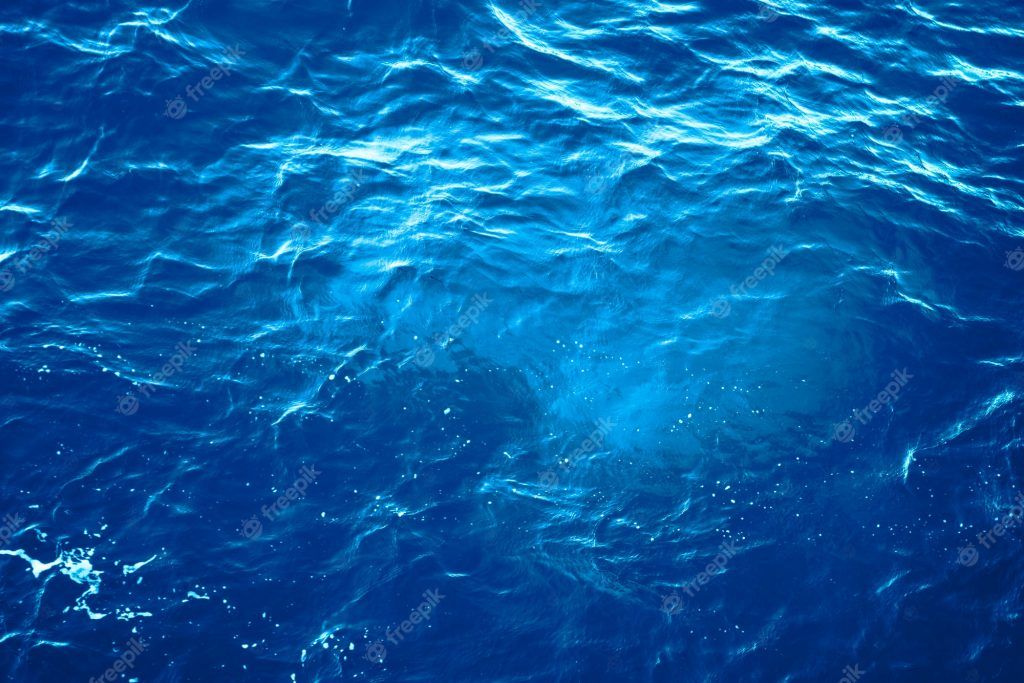Rapid urbanization and industrialization have created enormous challenges for water quantity and quality in China, says the U.S. Department of Commerce.
To size up the problem: China’s population accounts for 20% of the world’s population, while water resources account for only 7% of the world’s population.
The Chinese government has set targets to achieve 95% wastewater treatment for all cities at the county level and a water reuse rate of 25% in water-scarce areas.
Therefore, the Department of Commerce highlights that there is substantial demand in China for water cleaning and recycling technology.
Regionally, Transparency Market Research points out that, by value, Asia Pacific held a 40.53% share of the global industrial wastewater treatment market in 2021.
Primarily, the region’s high share was attributed to growth in boiler feedwater application, which accounted for 24.71% market share in Asia Pacific in 2021.
China is expected to be a very attractive market country owing to increasing industrialization in the country.
In addition, the implementation of strict regulations on effluent discharge has forced several industries to install wastewater treatment plants.
Water in China
Municipal wastewater treatment is relatively saturated in China, according to the U.S. Department of Commerce.
By 2021, China’s WWTPs will treat wastewater from 98.1% of municipalities and 28% of rural areas.
China plans to build or renovate 80,000 km of wastewater collection pipeline networks in the coming years.
So China’s policy support and investment focus will present opportunities in sewer pipe maintenance, treatment of sewage and odorous water masses, and construction of wastewater treatment facilities in second- and third-tier cities.
Industry
China discharged 55.7 billion cubic meters of wastewater in 2021, 28.7% of which came from industrial sources.
The industrial wastewater market in China is expected to reach $19.4 billion by 2025.
Finally, the Department of Commerce reports that the People’s Republic of China plans to invest US$50 billion in wastewater treatment in several highly polluting industries, such as textiles, printing, steel production, oil and gas extraction, coal mining, and pharmaceutical production.

